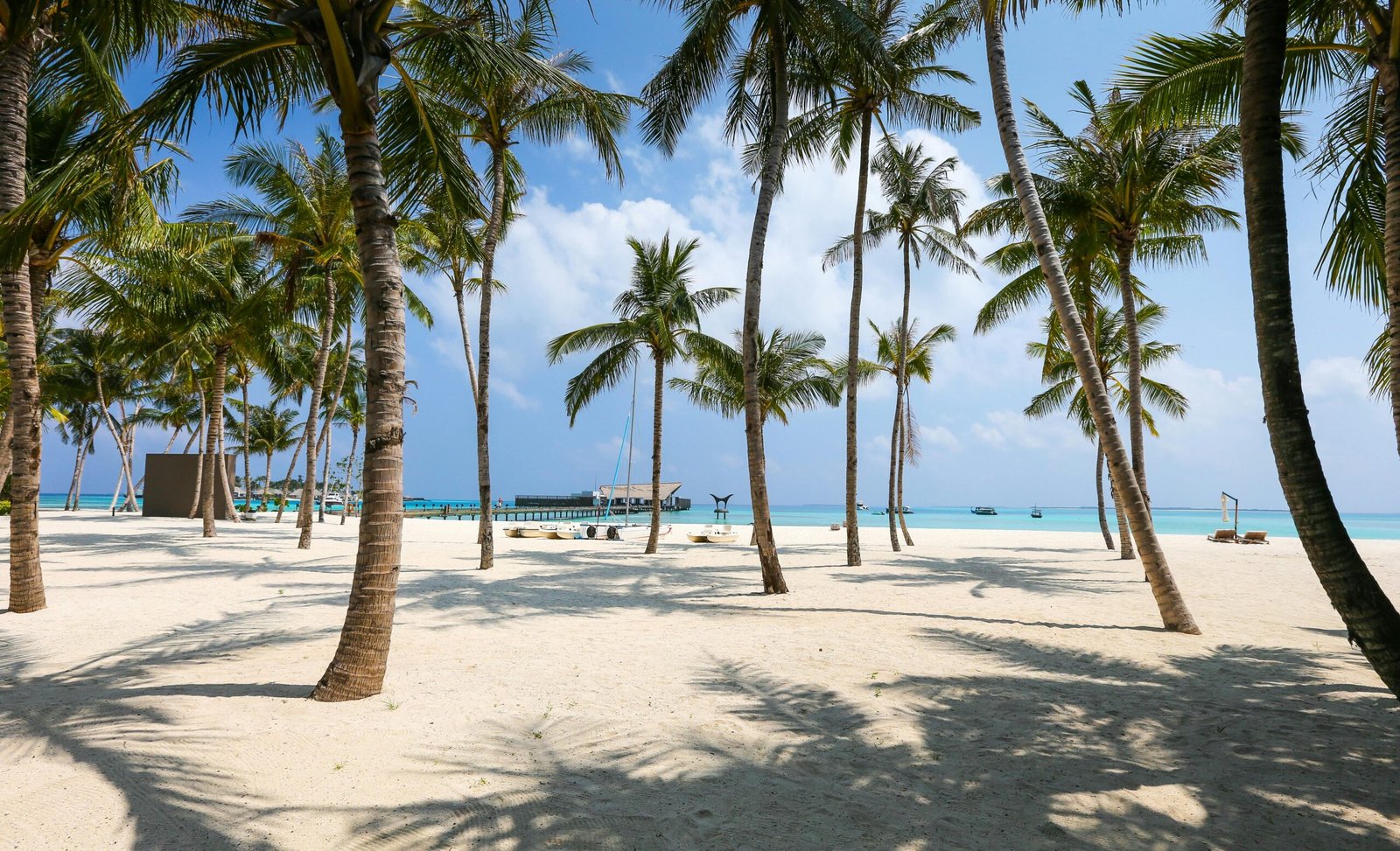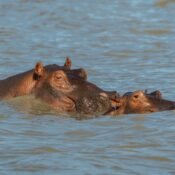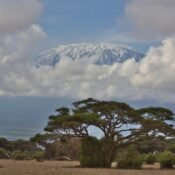
Best Times of Year to Visit Tanzania for Wildlife, Weather, and Festivals
Tanzania is a place that attracts tourists all over the world because of the fantastic wildlife, a variety of landforms and distinctive cultures. The country is a diverse experience that ranges widely across the sweeping plains of the Serengeti, as well as the tropical beaches of Zanzibar, very unlikely to be experienced alike in any and every season. Knowing when to travel can allow you to do a trip that suits your tastes, whether it be seeing the Great Migration, sipping on the sunny beaches, or partying with local people in colorful festivals.
This guide will also look at the seasons of Tanzania in detail and point out the most favorable time of of the year to witness wildlife, the weather and the festivals.
The climatic seasons and weather in Tanzania.
The equatorial climate of Tanzania is influenced by the difference in the altitude and geography which make the country experience different weather conditions. In general, four major seasons of the year can be differentiated:
Long Dry Season (June to October): The best period to do safaris, the weather is clear, warm and there is minimal rain.
Short Rains (November to mid-December): These are short and sporadic rains without any major effect on travelling.
Hotter (mid-December to February): Short Dry Season: mostly clear dry with good conditions especially during the calving season in the Serengeti.
Long Rains (March to May): Due to heavy rainfall in most places, there will be greenery but the road can be very muddy and the conditions can be tougher to safaris.
Optimal Wildlife Viewing Season.
The Tanzania landscape is the home of wildlife and the right time to visit can make a big difference in your safari experience.
The Great Migration
One of the most amazing wildlife event in the world is the Great Migration where the wildebeest population of more than 1.5 million animals move into the serengeti and hundreds and thousands of zebras and gazelles to find fresh food. This natural phenomenon is determined by the rains in the season:
January-March: Calving season in Southern Serengeti. On the other hand, thousands of wildebeest calves are born in a few weeks, which is the attraction of predators such as lions, cheetahs, and hyenas.
April- June: Herd beings start moving northwards across the Central Serengeti. This era has the dramatic crossing of rivers and vast open savannah landscapes.
July- October: The well-known Mara River crossings take place as the herds fight through the waters of crocodiles, on their way to Kenya, the Maasai mara. These are the months of the best safari sightseeing.
November-December: Herds go back south and the cycle repeats itself in the southern Serengeti.
Other Wildlife Highlights
In addition to the migration, the parks of Tanzania are also good all year round.
Ngorongoro Crater: It is easy to spot wildlife all year round, and rhinos, elephants, and lions could be found in a rather small area.
Ruaha and Selous (Nyerere National Park): Can be most effectively viewed during the dry season when the wild animals congregate along rivers and waterholes.
Tarangire National Park: One of the most satisfying ones is visited during June to October when there are large herds of elephants.
Optimal Time of the day and the year and activities.
Tanzania has two best travel seasons in case weather is the ultimate consideration.
June -October: Long dry season is the most comfortable season to go on safaris. The weather is suitable, the number of mosquitoes is smaller and the animals are easier to see in the areas near water. This is also the best to do climbing Mount kilimanjaro since it is clear and gives the amazing view.
December to February: This is also a good season, particularly with the birdwatchers. Migratory species flock into Tanzania and the Serengeti calving season makes it to produce wildlife action incredible. There are higher temperatures especially at the coast.
June- October and December February: February are the best months in Zanzibar or the Tanzanian coast to take a beach holiday, where the sun is favorable and waters clear. Beach relaxation is not so appropriate during rainy seasons in the months of March-May, the landscape becomes lush and green during this period.
Festivals and Cultural Event Best Time.
The culture of Tanzania is abundant as the natural attractions are. Festivals also offer an opportunity to feel the music, dancing, art, and customs.
Sauti za Busara (February): This music festival is held in Zanzibar and is a globally recognized music event that features African music; artists and attendees come to listen to it.
Kilimanjaro Marathon (February/March): This marathon is held in Moshi close to the foot of Kilimanjaro; it is a marathon that draws both sport enthusiasts and adventurers as well as it offers a breathtaking view.
Zanzibar International Film Festival (July): This is the biggest cultural festival of its kind in Africa, where all over Stone Town, films, music and performances are practised.
Nane Nane Agricultural Festival (August 8): This is a festival celebrated throughout the country, although more notably in Dodoma, and in which farmers are showcased through exhibitions and cultural performances.
Mwaka Kogwa (July/August): A traditional Shirazi New Year festival at Zanzibar, characterized by colorful processions, rituals and dramatic mock battles representing settling the score with the past.
Christmas and New Year (December): Beaches at Zanzibar and Dar es Salaem are also lively during the time and are great destinations during both cultural and recreational travel.
When to Avoid Travel
Tanzania is a destination that can be explored all year round although the long rains or March to May can be problematic. Roads can be flooded, making it difficult to continue the game drive and make the visibility poor due to heavy downpours. Certain lodges and camps get shut down during this season. Nevertheless, it is also the least busy time and cheap, which is also appealing to low-end travellers or those who are after privacy. It is superior in birdwatching and the sceneries are wonderfully green.
Finding the Right Study Time.
The ideal time to travel to Tanzania is based on your priorities:
In the case of Wildlife: June 1- October (general safari) and January- March (calving season).
In the case of Comfortable Weather: June- October, the weather is cooler and drier.
In the case of Festivals and Culture: February (Sauti za Busara, Kilimanjaro Marathon), July (Film Festival, Mwaka Kogwa), and August (Nane Nane).
In the case of Budget Travel: March-May, it is the rainy season, as rates are lower.
Conclusion
Tanzania is a country of perpetual discovery, and each of the seasons is beautiful. You can dream of seeing the Great Migration, climbing Mount Kilimanjaro, boozing on the beaches of Zanzibar, or dancing during the cultural festival, but the time you visit can have a significant influence on your experience.
This is because, with this knowledge, you will know the best time to have your Tanzanian adventure since you will know the movements of the wildlife, the weather, and the cultural events set to occur. Tanzania is a place to experience the memorable moments with nature, history, and the colorful soul of people wherever you go.




